You can also listen to this article in the voice of own Plastic Artist Rosângela Vig:

I had like this, in the run of life, many contacts with many serious people. I lived a lot among the big people. I saw them very closely. It didn't get better, otherwise, my old opinion.
When I found one that seemed a little lucid, I used her to experience my number one drawing, that I've always kept with me. I was wondering if she was truly understanding. But I always answered "it's a hat". So I didn't even talk to you about boa constrictors, nor of virgin forests, not even stars. Put me at your fingertips. I told him about bridge, of golf, Politics, of ties. And the big person was delighted to meet such a reasonable man. (SAINT-EXUPÉRY, 1977, p.11)
The Little Prince has been inspiring for a long time and brings out that childlike simplicity that today's hectic world has forgotten.. We often don't even notice people., friends or even pay attention to our own emotions, in the midst of the daily rush. to human, we need to stop to observe this simplicity and wake up to the sensitive side, that leads us to well-being and a feeling of fullness. And the Art it is a good way to develop awareness in this regard.
To enjoy Art is to see the work as a child, open-minded, free, extracting great emotions from her, the ones that touch the soul, who wander through the sensations. Perhaps then intelligence will be able to wander through the same field where the artist sowed his ideas.. Perhaps contemporary men have lost that tenuous thread that binds real life and the most divine and inspiring judgments.. Perhaps humanity will still rediscover this true path and see less the numbers and more the Beauty that surrounds the world and the artistic demonstrations. Playing with sensitivity in a light way is a way to raise the spirit for good impressions. Is that the art game.
And the art demos have never come closer to this game, as in years 1950, when everyday life started to be seen as a game and to integrate movements in a happy and relaxed way. All the technology of the time, the trip to the moon, advertising, in Mass Culture, the Cinema and its celebrities and the American way of life were seen with the attentive eye of the artist, as a joke, game. Then came Pop Art., with vibrant colors and simplified designs. Art became figurative again, but in an unusual way. At the same time that the symbols of consumerism began to be mocked and criticized, artists broke the barrier between the erudite and the popular, taking Art to an innovative and unique category.
Pop Art
The term Pop Art began in 1952, comes from English and means folk art, because the basis was Mass Culture, but by no means was this style characterized as popular. The name was created by art critic Lawrence Alloway (1926-1990), in London, during an artists' meeting, the Independent Group (Independent Group), no Institute of Contemporary Arts (ICA), Institute of Contemporary Art. The artists used to hold debates on the effect of advances in Science and Technology on Art, and it was at one of these meetings that the members aroused interest in mass culture.. Composed of Richard Hamilton (1922-2011), Eduardo Luigi Paolozzi (1924-2005) and Peter Blake (1932-), the group started a style that lasted until the 1960 and peaked in New York, also coming to Brazil. In the United States, highlighted the names of Andy Warhol (1928-1987); Roy Lichtenstein (1923-1997); Claes Oldenburg (1929-2022); James Rosenquist (1933-2017); Tom Wesselmann (1931-2004); Wayne Thiebaud (1920-2021); and Jasper Johns (1930). In Brazil, artists became known Antonio Dias (1944-2018); Rubens Gerchman (1942-2008); and Claudio Tozzi (1944).
Influencing fashion-related designs and the world of design, Pop Art was greatly inspired by comics, provided the use of serigraphy and serial reproductions of the same theme. Pop Art fed on the culture industry, while making irony of the exacerbated consumerism of the time and capitalism.
Crammed with seductive packaging, supermarkets were a common Pop Art theme, taking works such as Andy Warhol to galleries and museums. Campbell's canned soup was the inspiration for this series by the artist., from 1962, which reached a total of 32 fabrics (Fig. 1)1, each for a flavor of the food widely consumed at the time. Although Campbell went so far as to send a lawyer contesting the use of the trademark, the company ended up accepting and supporting the artist, partnering with and even sponsoring an exhibition of Andy Warhol's works at the Metropolitan Museum of Art. The repetition of the image refers to the idea of an organized supermarket shelf, with several cans of different flavors. In honor of the twentieth anniversary of Andy Warhol's death, the entrance of the Royal Scottish Academy (Royal Scottish Academy) was decorated with images of the well-known work of Warhol (Fig. 4). In 1976 to work Skulls (skulls) (Fig. 2) followed the idea of mass production and the artist used the serigraphy technique to make six canvases with the same design, each with different and vibrant colors. The same color principle was used in other works such as Marilyn (Fig. 3), in which the famous movie star appears on screen with a sensual smile and pure color makeup. The series of images of film artists highlighted the frivolity of these celebrities.
Roy Lichtenstein2 seems to have taken a tour of the colorful newsstands. The artist's collection includes comic book characters in unusual moments or at the climax of their narratives. Action and dynamism are present in his works., as if time stopped to preserve just one second. In figure 6, the image of a falling aircraft is narrated in two sequences, when the peak of the sudden movement intensifies and the confirmation of the fall is confirmed by onomatopoeia, title of the work. The color yellow and red intensify the fire due to the fall. The kiss of a clearly passionate couple appears in the figure 7. She, between tears and he with his eyes closed remember together not only the comics, but also the great cinema narratives, pop art constant theme.



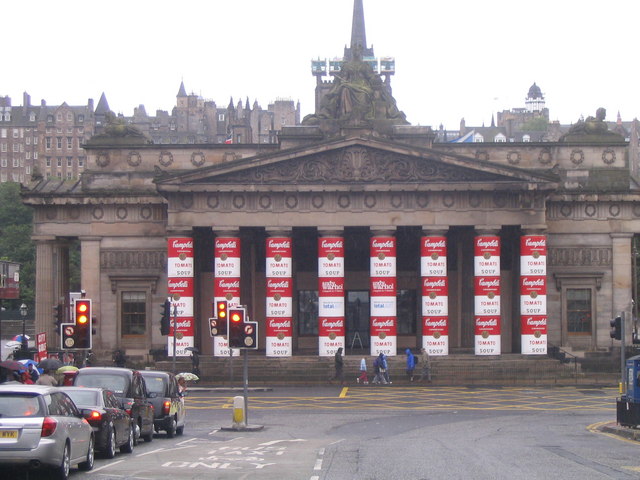
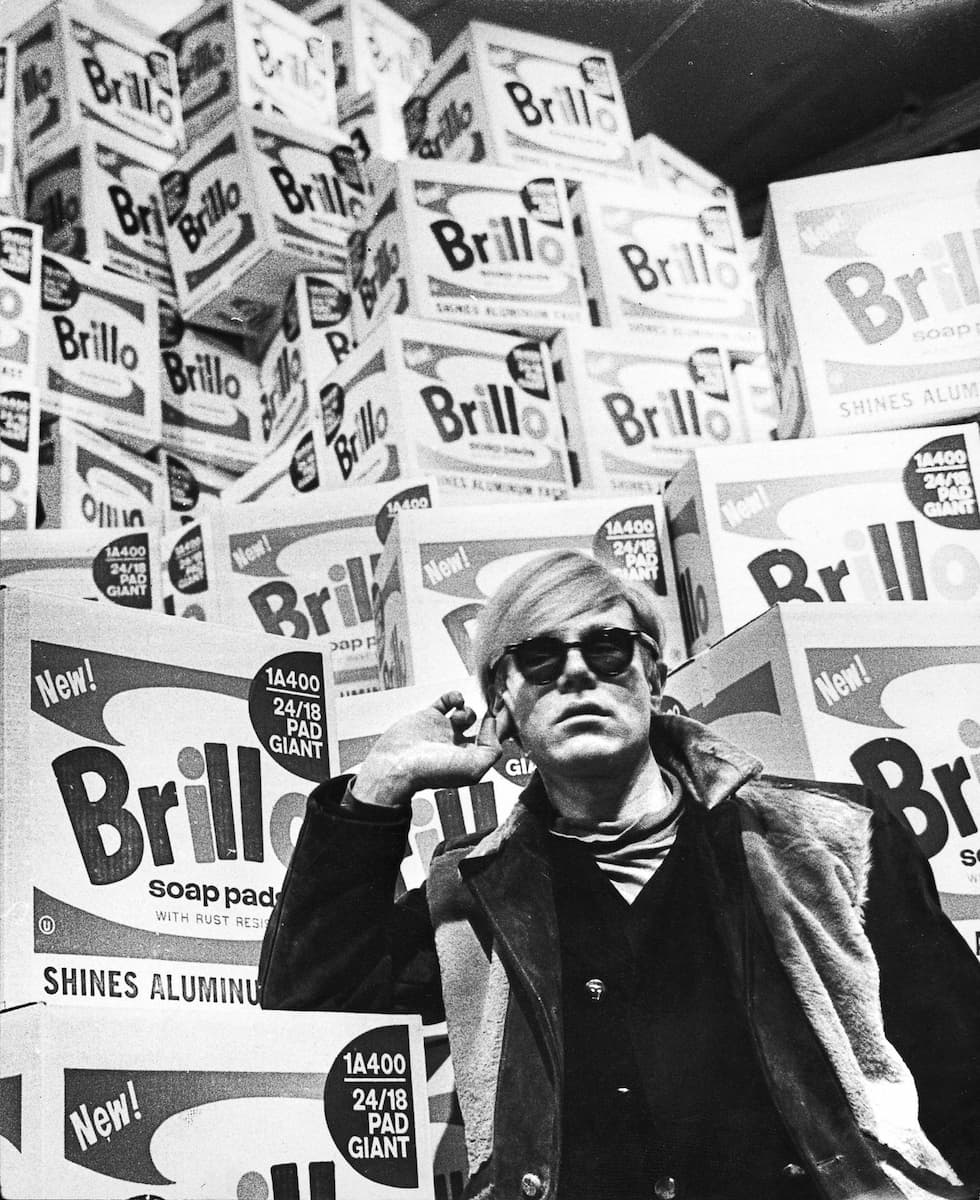
Pop Art in Brazil
In Brazil, Pop Art aesthetics acquired a political tone and focused on criticizing the system at the time.. The artist and architect Claudio Tozzi adhered to this model until 1969 when he moved from social criticism to the research of forms. Such thinking led him to produce his Astronautas series, Clamps and Screws. In figure 10, the protagonist is the Astronaut seen from the front and back, in two images, a diptych, Inspired by Man's Landing on the Moon, what happened in 1969. The artist worked with the use of black and white, with sharp lines for the contours, what reminds you of comic book heroes. Rich in details, your character has expression and seems to come to life under her robes. The monochrome allowed details to stand out to the eye and stand out with light and shadow effects, what brings the work closer to the idea of reality.
From 1970 the artist developed research with color and as a result of this phase, the Zebra panel stands out (Fig. 12), from 1972, that brought art and color to the center of São Paulo, in Praça da República. The monochromatic animal contrasts with the blue of the sky and the brown of the beaten earth, where do you walk. The Image of Art by Claudio Tozzi, amidst the saddened buildings it is like a breath of fresh air, from a city that doesn't want to stop. It's like the vision rests for a while, forgetting the cloudy sky, the uproar of cars and footsteps. Perhaps this is the best reason for Art to exist..
made a game, the eye runs through the works in search of a breath, of a vigor to resume the rush again.
Late afternoon.
In the leaden sky
the dull moon
very cosmographically
Satellite.Demetaphorized,
Demystified,
Stripped of melancholy's old secret,
It is not now the gulf of schisms,
The star of the crazy and the lovers,
but only
Satellite.
(BANDEIRA, 2008, p.136)
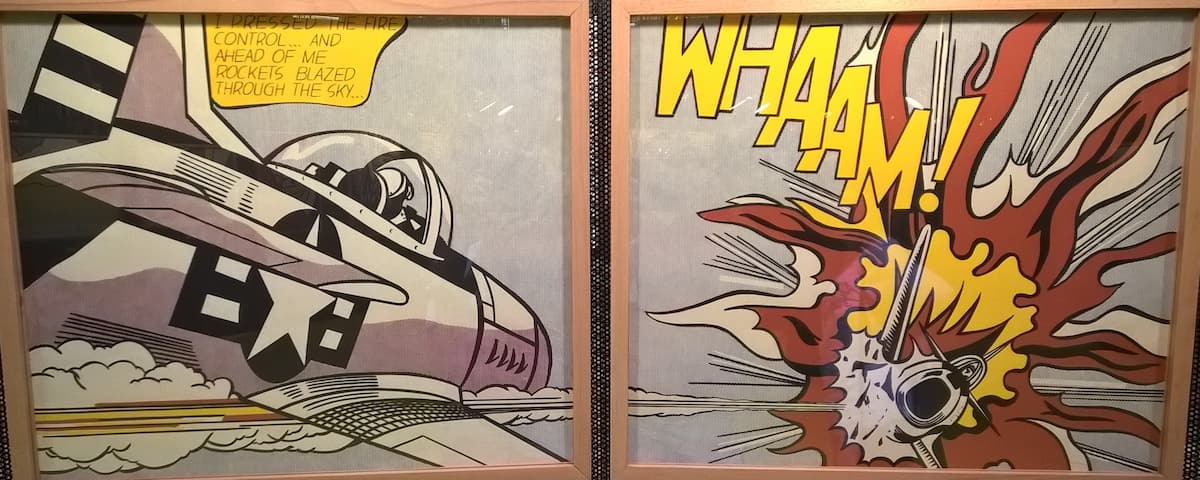

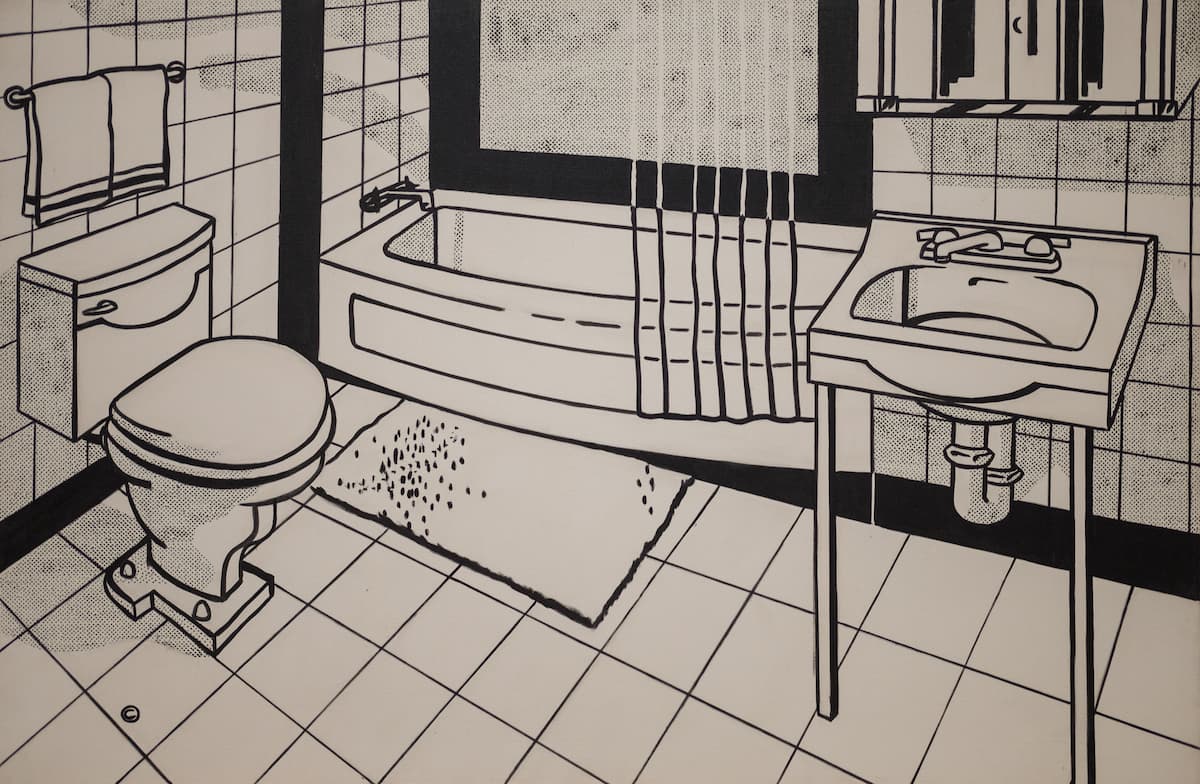
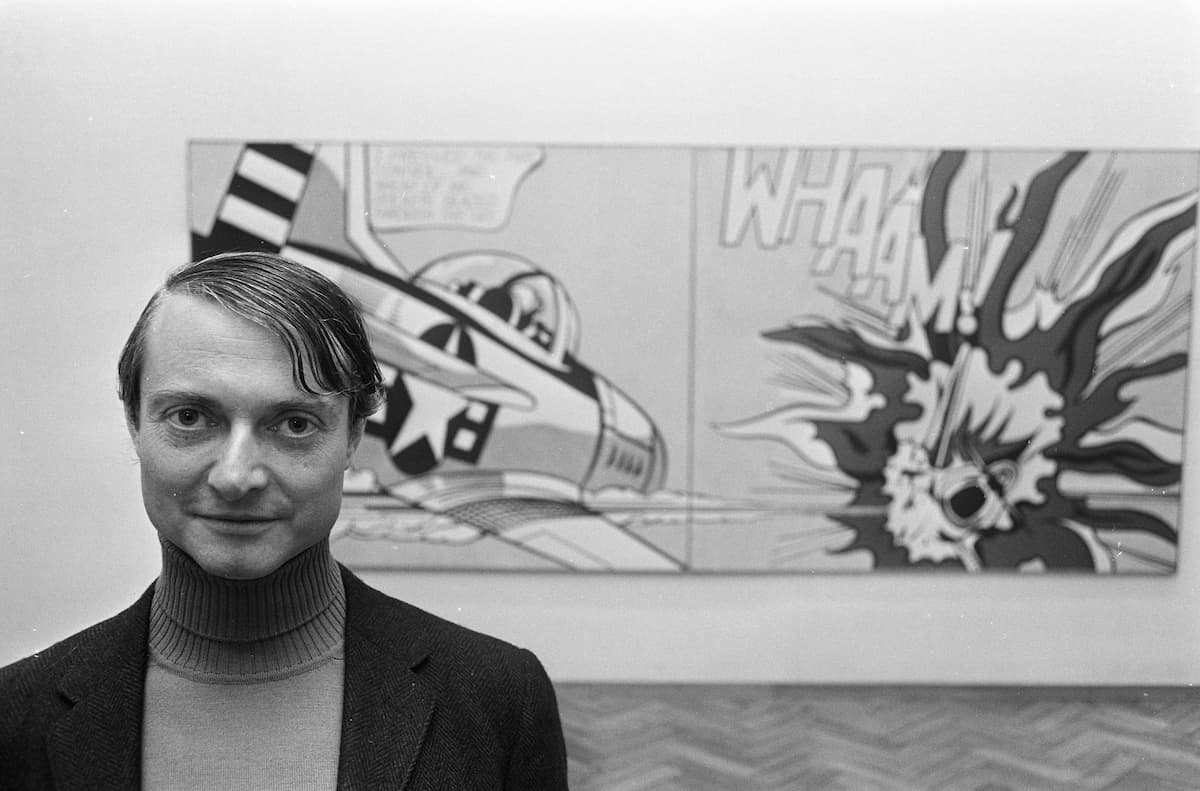

Final Considerations
The object of the ludic impulse, represented in a general scheme, can be called live, a concept that serves to designate all the aesthetic qualities of phenomena, all that in short we understand in the broadest sense by beauty. (…) Only when his form lives in our sensibility and his life takes shape in our understanding is man a living form., and this will always be the case when we judge the beautiful. (SCHILLER, 2002, pages 77 and 78)
Enlightenment-inspired, the thought of the great german philosopher suggests that the ideal of beauty is linked to a playful impulse. Art fits into this context, through playing with sensitivity through the color game and in ways, stimulating the sensitive impulse.
Contemporary Art definitely broke with the avant-gardes of Modern Art. Such rupture that began in the years 50 kept up with the new technologies that were taking big steps. the space race, the science, the Cinema, the television, the way of life and consumerism inspired artists to outline a new field of vision, opening the arms of Art to new dimensions. Aesthetics acquired this playful tone, assuming the forms of ongoing reality, but still making it clear, by two artists, the critique of mass consumerism and capitalism encouraged by advertising. The works moved from Mass Culture to Erudite Culture using everyday symbols. At the same time, like in a game, the works stimulated the eye and allowed the symbology of an era to spread through Culture. New perspectives and new points of view were then shared through the play of color and shape., taking the eye to delight.
Sign up to receive Event News
and the Universe of Arts first!
On the plain the dancers
Go away like pilgrims
In the manor of gray hostels
Through villages without a church
And the children go ahead
The others follow indolently
The trees conform
When from afar they wave
They have square round weights
golden bow drums
Bear or monkey not wild
Ask for money on your ticket.
(APOLLINAIRE, 2005, p.63)
O Paris, behold us living drinks
The manly cities where they shout and sing
The metallic saints of our holy factories
Our chimneys impregnate black clouds
As the mechanical Ixion once did
And our innumerable hands
manufacturing plants factories hands
Where the naked workers like fingers
They manufacture the real at so much per hour
we give you all that.
(APOLLINAIRE, 2005, p.112)
1 Video of the work Latas de Sopa Campbells, de Andy Warhol:
youtu.be/HqvELc2FSfE
2 Roy Lichtenstein Foundation:
lichtensteinfoundation.org

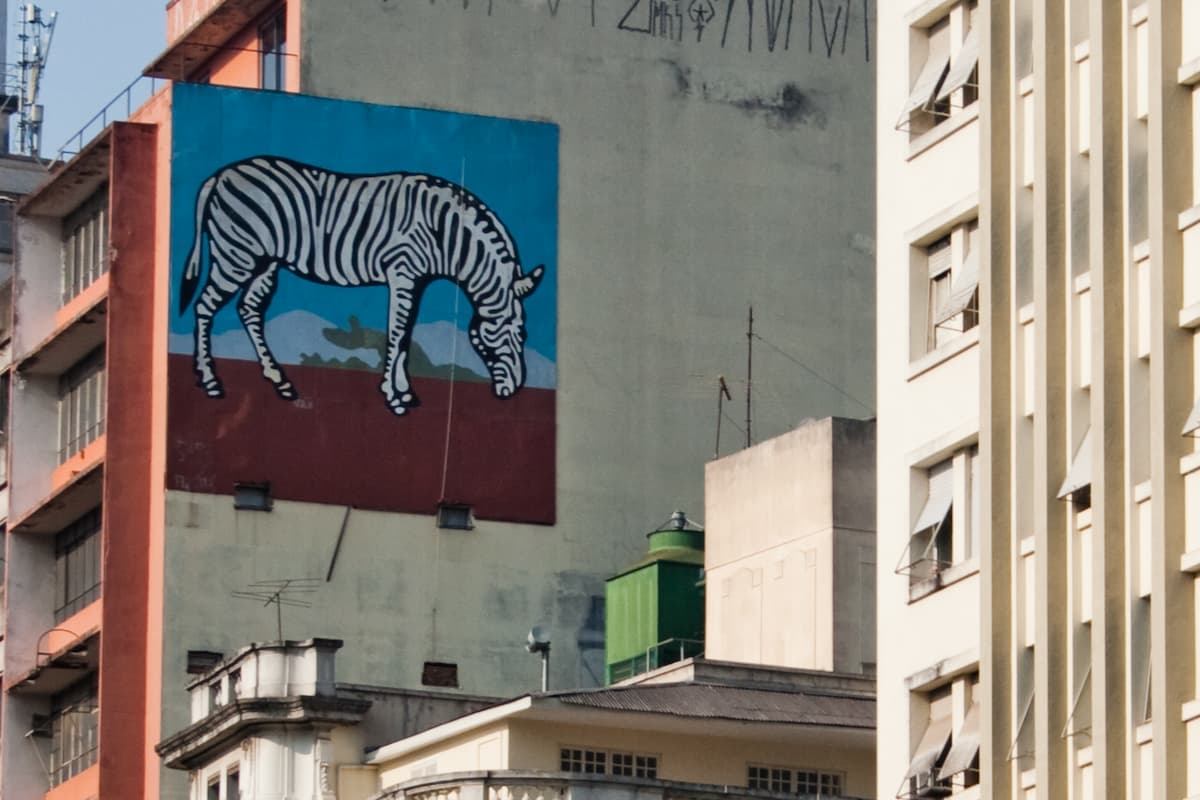
References:
- ANDRADE, Mário. complete poems. São Paulo: Editora Itatiaia, 1987.
- BANDEIRA, Manuel. Bandeira de Bolso. Porto Alegre: L&PM Pocket, 2008.
- BAYER, Raymond.História da Estética. Lisboa: Editorial Estampa, 1993. Tradução de José Saramago.
- BILAC, Olav.Poetic Anthology.Porto Alegre: Ed. L & PM Pocket, 2007.
- CHILVERS, Ian; ZACZEK, Iain; WELTON, Jude; BUGLER, Caroline; MACK, Lorrie. História Ilustrada da Arte. São Paulo: Publifolha, 2014.
- FARTHING, Stephen.Tudo Sobre a Arte. Rio de Janeiro: Sextante, 2011.
- GASSET, Jose Ortega and.The art of humanization. 5 to. Edition. São Paulo: Ed.Cortez, 2005.
- GOMBRICH, E.H.A História da Arte. Rio de Janeiro: Editora Guanabara, 1988.
- GUILLAUME, Apollinaire. Alcohols and Other Poems. São Paulo: Editora Martin Claret, 2005.
- HAUSER, Arnold.História Social da Arte e da Literatura. São Paulo: Martins Fontes, 2003.
- MOISÉS, Massaud. Brazilian Literature through Texts. São Paulo: Editora Pensamento Cultrix Ltda., 1971.
- MATHEW, Vinícius. Antologia Poética. São Paulo: Companhia das Letras, 2009.
- GRANDSON, João Cabral de Melo. Museu de Tudo. Rio de Janeiro: Livraria José Olympio Editora, 1975.
- PROENÇA, Graça. Descobrindo a História da Arte. São Paulo: Editora Ática, 2005.
- SAINT-EXUPÉRY, Antoine de. The little Prince. Rio de Janeiro: Editora Agir, 1977. SCHILLER, Friedrich. A Educação Estética do Homem. São Paulo: Publisher Miniatures, 2002.
You might also like:
- Contemporary Art, Optical Art – Op Art, by Rosângela Vig
- Modern Art – Expressionism in Brazil – Portinari o Pintor e o Poeta, by Rosângela Vig
- First Traces of Modern Art – Abstract Expressionism in Brazil by Rosângela Vig
- Modern Art – Abstract Expressionism by Rosângela Vig
- First Traces of Modern Art – Impressionism in Brazil by Rosângela Vig
- Modern Art – Surrealism by Rosângela Vig
- Modern Art – Abstractionism by Rosângela Vig
- Modern Art – Cubism by Rosângela Vig
- Modern Art – Expressionism by Rosângela Vig
- First Traces of Modern Art – Symbolism by Rosângela Vig
- First Traces of Modern Art – Post-Impressionism by Rosângela Vig
- First Traces of Modern Art – Impressionism by Rosângela Vig
- Romanticism in Brazil by Rosângela Vig
- Romanticism by Rosângela Vig
- The Neoclassical Art in Brazil by Rosângela Vig
- The Rococo in Brazil by Rosângela Vig
- The Neoclassical Art by Rosângela Vig
- Rococo by Rosângela Vig
- How appears the Surreal Work by Rosângela Vig
- The Baroque in Brazil by Rosângela Vig
- Baroque by Rosângela Vig
- Mannerism by Rosângela Vig
- Flemish Art – Renaissance in Northern Europe by Rosângela Vig
- Renaissance by Rosângela Vig
- The Contemporary, A little about the Urban Art by Rosângela Vig
- The Naive Art – Ingénue Art by Rosângela Vig
- Middle Ages, Byzantine Art by Rosângela Vig
- Middle Ages, Romanesque Art and Gothic Art by Rosângela Vig
- The Roman Art by Rosângela Vig
- Greek Art, Art History in Ancient Greece by Rosângela Vig
- The Egyptian Art by Rosângela Vig
- The Prehistoric Art by Rosângela Vig
- The beauty Art and the sublime Art by Rosângela Vig
- The Game of Art by Rosângela Vig
- The Misunderstood Art by Rosângela Vig
[one_half]
ROSÂNGELA VIG
Sorocaba – São Paulo
Facebook Profile | Facebook Fan Page | Website
Columnist at Website Obras de Arte
E-mail: rosangelavig@hotmail.com
[/one_half]
[one_half_last]
[/one_half_last]

